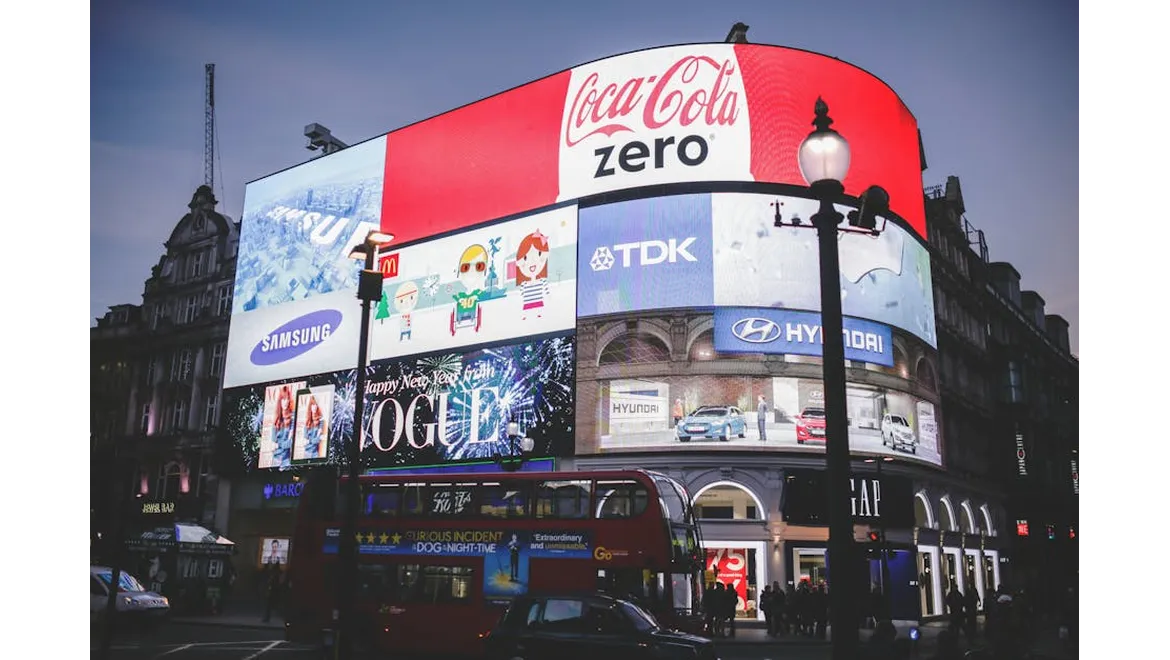Hey there, fellow digital adventurers! So, the other day, I grabbed a coffee with my friend, Alex, who’s been diving headfirst into the world of retargeting ads. If you’ve ever wondered how those mysteriously accurate ads seem to follow you around the internet, you’re in for a treat. As we sipped our cappuccinos, Alex shared some fascinating insights into using retargeting ads to re-engage and convert social media users. Let me take you through our conversation—trust me, there’s a lot to unpack!
Understanding the Basics of Retargeting
We kicked things off with Alex explaining the concept of retargeting. Essentially, it’s a way to reach out to people who’ve already interacted with your brand but didn’t convert on their first visit. Imagine someone visiting your website, checking out a few products, and then leaving without making a purchase. Retargeting ads are those gentle nudges—reminders that appear on their social media feeds or other websites they visit. It’s like saying, “Hey, remember that cool thing you looked at? It’s still here!”
Alex pointed out that the key to successful retargeting is understanding your audience’s behaviour. By using tracking pixels—tiny snippets of code embedded in your site—you can gather data on user interactions. This information helps you tailor your ads to match the interests and needs of your audience. The more personalised, the better the chances of conversion.
Crafting Engaging Retargeting Campaigns
As our conversation deepened, Alex shared tips on crafting effective retargeting campaigns. The secret sauce, they said, lies in creativity and relevance. It’s not just about showing the same ad over and over again. Instead, Alex suggested creating a sequence of ads that tell a story or offer different incentives.
For example, the first ad might simply remind users of the product they viewed. The next could offer a limited-time discount, and another might showcase customer testimonials or reviews. This strategy not only keeps the ads fresh but also builds trust and interest over time.
Another golden nugget Alex dropped was the importance of A/B testing. By running different versions of ads, you can see which ones perform best. It’s a bit like baking—sometimes you need to tweak the recipe to get the perfect cake!
Choosing the Right Platforms
Our conversation naturally flowed into the topic of where to place these ads. Alex is a big advocate for leveraging social media platforms, especially Facebook and Instagram. These platforms not only have massive user bases but also offer sophisticated targeting options.
With Facebook’s Custom Audiences feature, you can upload lists of contacts or target users who’ve visited specific pages on your site. Instagram, being integrated with Facebook, offers similar capabilities. Alex stressed the importance of aligning your ad content with the platform. For instance, Instagram is highly visual, so your ads should be eye-catching and aesthetically pleasing.
Alex also mentioned Google Ads, which is great for reaching users across the web. Google’s Display Network allows you to show ads on millions of websites, providing excellent reach. The trick is to test and see which platform works best for your audience and goals.
Measuring Success and Making Adjustments
As we wrapped up, Alex emphasised the importance of measuring the success of your retargeting campaigns. Tools like Google Analytics and the analytics dashboards within social media platforms can provide valuable insights into how your ads are performing.
Key metrics to watch include click-through rates (CTR), conversion rates, and return on advertising spend (ROAS). If an ad isn’t performing well, don’t be afraid to adjust your strategy. Maybe it’s the copy, the visuals, or the timing that needs tweaking.
Alex left me with a final thought: Retargeting is not a set-it-and-forget-it strategy. It’s a dynamic process that requires ongoing attention and optimisation. But when done right, it can significantly boost your conversion rates and maximise the return on your marketing efforts.
So, to all you digital marketers out there, whether you’re just starting or looking to refine your strategy, retargeting ads could be your secret weapon. By understanding your audience, crafting engaging campaigns, choosing the right platforms, and continually measuring success, you’ll be well on your way to turning those browsers into buyers. Happy retargeting!











